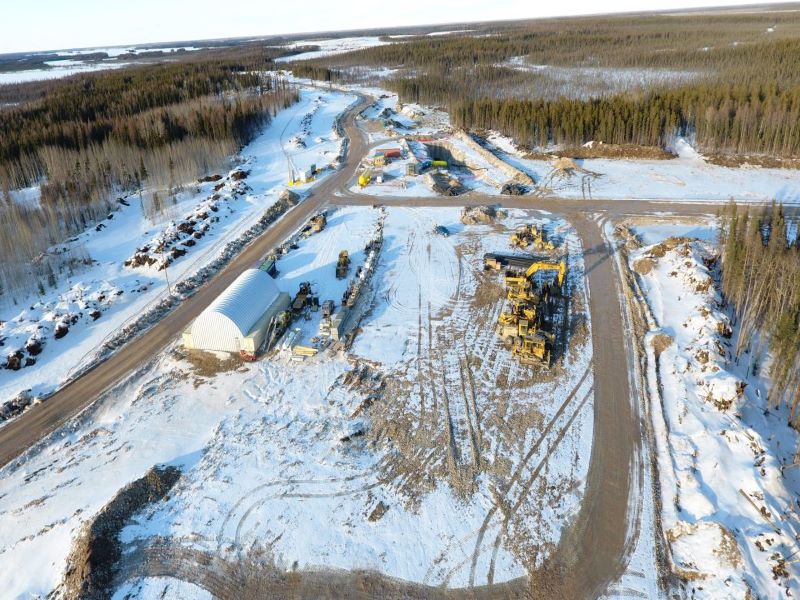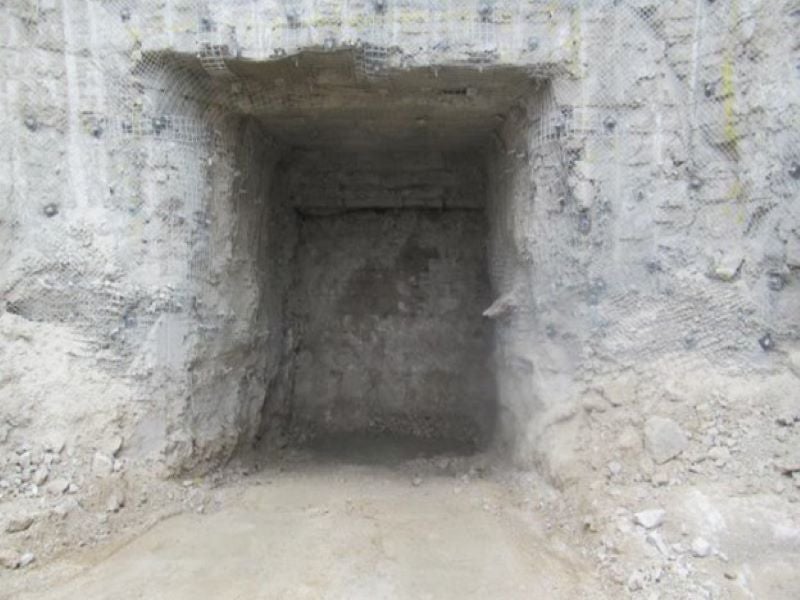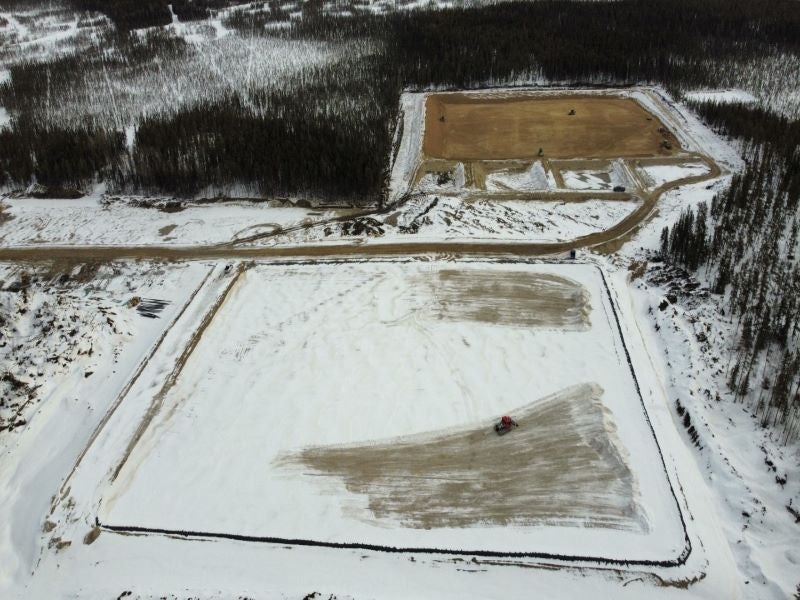The McIlvenna Bay project is an underground copper and zinc mine being developed in Saskatchewan, Canada.
Canada-based mining company Foran Mining is developing the project, which will be the world’s first carbon-neutral development. A pre-feasibility study (PFS) for the project was completed in April 2020 while a feasibility study (FS) was published in April 2022.
The FS highlighted a mine life of approximately 18 years and an initial ramp-up period of two years, including an investment of $857.7m.
McIlvenna Bay Project location and geology
The McIlvenna Bay project is located in north-eastern Saskatchewan within Foran’s McIlvenna Bay property. The project area is located approximately 1km south of Hanson Lake and comprises 38 claims covering an area of 20,954ha.
The McIlvenna Bay property lies on the western edge of the Paleoproterozoic Flin Flon Greenstone Belt, which forms part of the Reindeer Zone. The host terrain of McIlvenna Bay is the Hanson Lake Block.
The McIlvenna Bay Formation is the host formation of the sulphide deposit, which is approximately 200m thick. The formation hosts the massive and semi‐massive sulphides and copper‐rich stringer zones of the McIlvenna Bay deposit, including altered felsic volcanic rocks, volcaniclastics, and/or volcanic‐derived sediments of rhyolitic composition.
McIlvenna Bay mineralisation and reserves
The McIlvenna Bay is a volcanogenic massive sulphide (VMS) deposit and features two types of mineralisation, including massive to semi-massive sulphide mineralisation and stockwork-style sulphide mineralisation. Copper and/or zinc, with lower concentrations of silver, gold and lead occur in the massive to semi-massive sulphides while elevated copper and gold occur in the stockwork-style mineralisation.
The McIlvenna Bay deposit is estimated to contain mineral reserves of 25.7 million tonnes (Mt), grading 2.39% Zn and 1.23% Cu, as of February 2022.
Mining methods of the copper and zinc project
Lateral development will be carried out with conventional trackless mining equipment to access the ore body during the initial four years of operations. The initial production areas, underground infrastructure and ventilation system will also be developed during this period.
Underground access to the McIlvenna Bay deposit will be through a ramp from the surface. Conventional long-hole mining methods, including sublevel transverse and longitudinal stoping and Avoca stoping, will be used to develop the mine. Drilling will be done with a top hammer drill, blasted, and mucked using battery-electric (BEV) load-haul-dump (LHD) vehicles.
A 2.43m x 7.32m rectangular production and service shaft will be constructed in year five of operations to reduce the haulage distance and access time for the lower levels. A total of 35 underground levels are planned to be developed with each level spaced at 30m intervals sill to sill.
Ore haulage to the surface during the early mine life will be done using BEV haul trucks, while during the latter stages the ore will be hauled to the rock breaker stations, upon commissioning of the rectangular shaft. Waste will be hauled to the surface or to an active production level for use as backfill.
Processing of the McIlvenna Bay Project
The McIIvenna Bay project’s processing plant will have a processing capacity of 4,200 tonnes per day (tpd).
Ore from the underground mine will be hauled to the surface and dumped into a surface crushing facility. A shaft hoisting system will be constructed for the lower mining levels to feed minus 500mm ore onto an overland conveying system feeding the crushing facility.
The run of mine (ROM) ore will be crushed in a single-stage crushing circuit to a nominal 100% passing 150mm, (80% passing 100mm) and stockpiled.
The crushed ore will be fed to a grinding circuit consisting of a semi-autogenous grinding (SAG) and ball mill. The grinding circuit will reduce the particle size to a nominal 80% passing 75µm for flotation.
The cyclone overflow slurry from the grinding circuit will then undergo flotation to recover copper and zinc concentrates. The flotation circuits for copper and zinc will be similar and both will produce rougher concentrates prior to regrinding and multi‐stage cleaning.
The zinc and copper concentrates will be dewatered using a single vertical pressure filter in batches to provide two stockpiles of product filter cake, which will be transported to toll smelters.
Infrastructure facilities
The project site is accessible through the SK-106 public road from where an existing all-season 18km gravel road connects to the project area.
The power supply required for the project operations is available from the Saskatchewan provincial grid through an existing 25kV distribution line. An on-site co-generation LNG power plant will initially be used to meet additional requirements. The power plant will be later replaced by a new SaskPower 138kV transmission line from the Pelican Narrows substation.
Accommodation is currently available in all‐season camps with a combined sleeping capacity for 88 people.
Contractors involved in the McIlvenna Bay Project
The feasibility study was prepared by international professional services company Stantec Consulting.
Micon International, a mining consultancy, was responsible for the mineral resource estimate.
Metallurgical research and test work company Blue Coast Research was responsible for the process metallurgy while metallurgical test work was provided by Base Metallurgical Laboratories.
Canada North Environmental Services was engaged for the hydrology and environmental studies.
Canada-based engineering consultant, Halyard provided the surface infrastructure and process plant design and costs while global consulting firm Knight Piésold was responsible for the tailings storage facility design and costs.
The underground mine geotechnical designs were prepared by Canadian mining consultant RockEng while MineFill Services, a mine backfill solutions provider, prepared the design of underground backfill reticulation.






